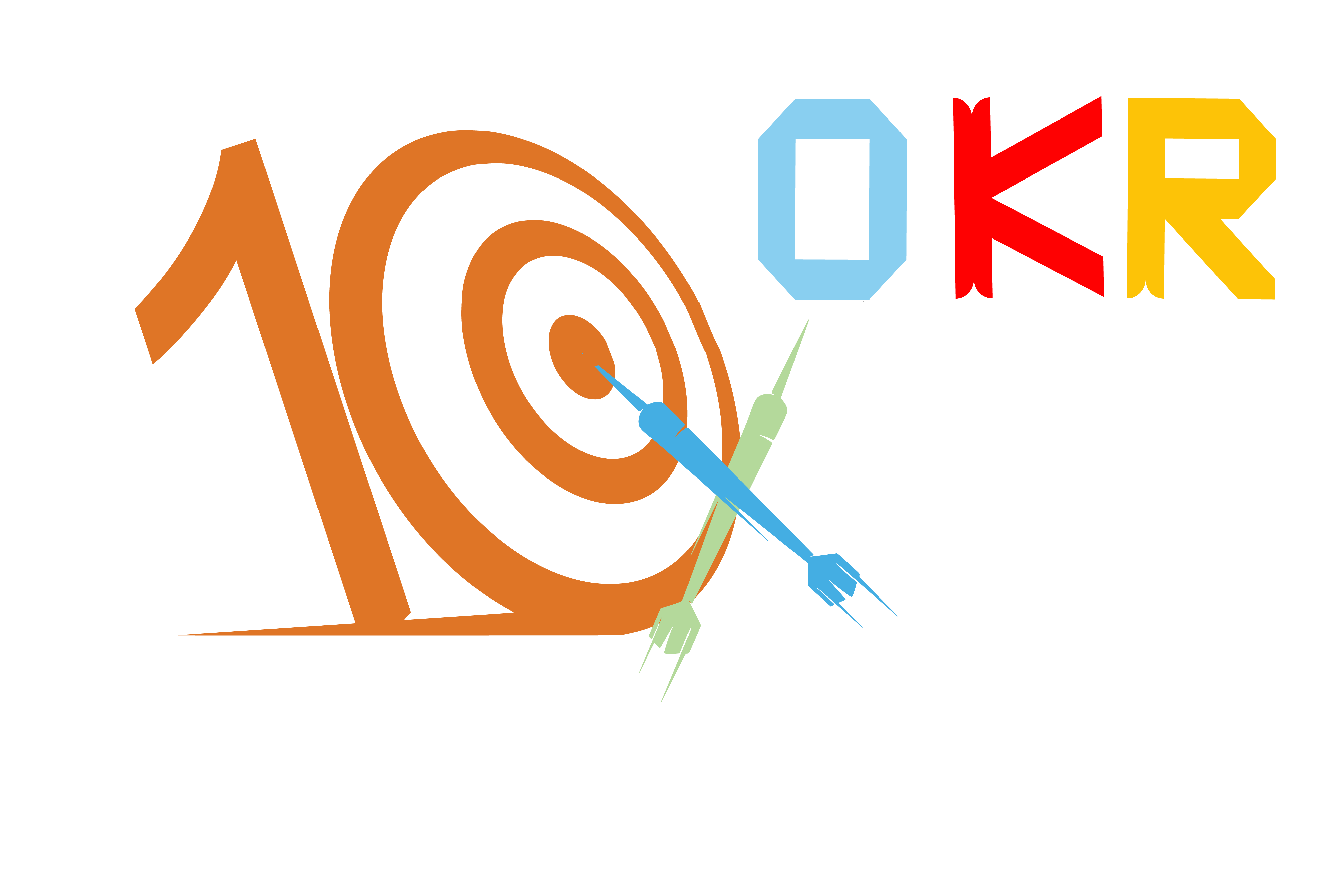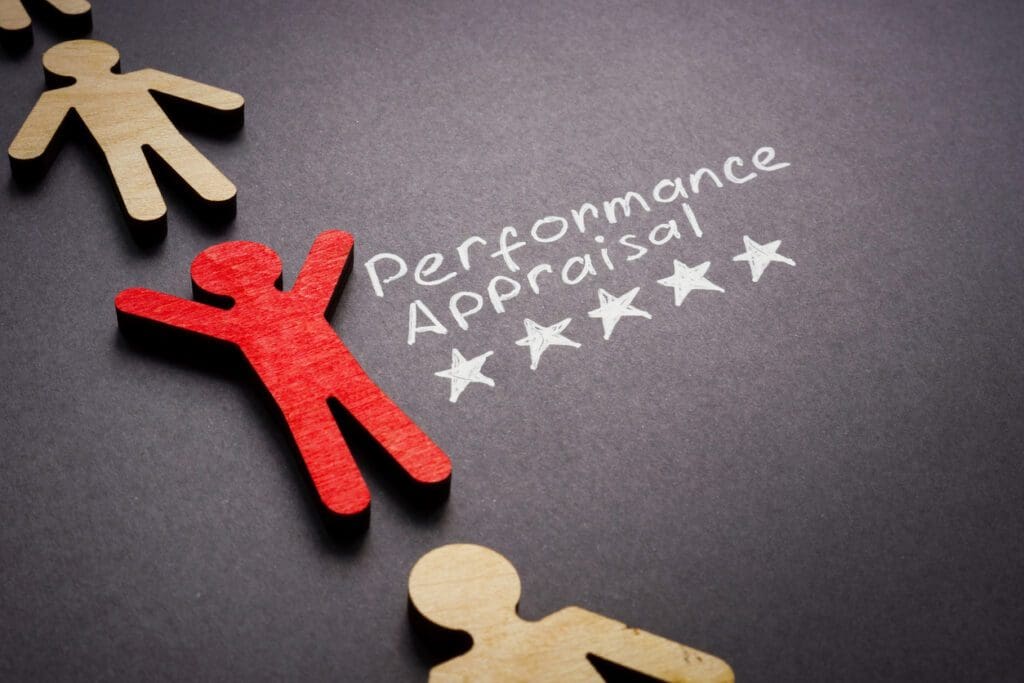Table of Contents
Effective Performance Appraisal Methods: A Complete Guide
Performance appraisal is a crucial process in every organisation, providing a structured approach to assessing and measuring employee performance. By evaluating job performance, giving feedback, and identifying areas for improvement, performance appraisal contributes to the growth and success of both employees and the organisation.
This blog will delve into different performance appraisal methods, exploring their advantages, disadvantages, and suitability for different scenarios.
What is Performance Appraisal?
Performance Appraisal, also known as performance evaluation or performance review, is a systematic process used by organisations to assess and evaluate an employee’s job performance and productivity. It involves measuring and analysing various aspects of an employee’s work, including their achievements, skills, competencies, behaviour, and overall contribution to the organisation.
Purpose of Performance Appraisal
The Benefit of performance appraisal is to assess and evaluate an employee’s job performance, behaviours, and contributions within an organisation. It serves several key purposes, including:
- Feedback and Development: It provides employees with feedback on their performance, highlighting areas of strength and areas that need improvement. This feedback helps employees understand their performance expectations, identify areas for growth, and develop their skills and capabilities.
- Goal Setting and Alignment: Performance appraisal facilitates the setting of clear performance goals and aligns individual objectives with organisational goals. It ensures that employees understand what is expected of them and provides a framework for tracking progress towards those goals.
- Recognition and Rewards: Performance appraisal helps identify high-performing employees who deserve recognition and rewards for their outstanding contributions. It provides a basis for determining promotions, bonuses, salary adjustments, or other recognition and incentives.
- Identifying Training and Development Needs: Organizations can identify skill gaps and training needs by evaluating employee performance. This enables targeted training and development initiatives to enhance employee competencies and ensure continuous growth.
- Performance Improvement and Corrective Action: Performance appraisal identifies underperforming employees and provides an opportunity to address performance issues. It helps managers initiate performance improvement plans, offer support, and provide guidance to help employees meet performance expectations.
- Succession Planning and Talent Management: Performance appraisal aids in identifying high-potential employees who can be developed for future leadership roles. It supports succession planning efforts by identifying individuals with the potential to take on key positions within the organisation.


Methods of Performance Appraisal
Performance appraisal can be conducted through various methods, such as self-assessments, supervisor evaluations, peer reviews, customer feedback, or multiple sources. The chosen method depends on organisational needs, resources, and the desired level of feedback and accuracy.
Management by Objectives (MBO)
Management by Objectives, commonly known as MBO, is a widely adopted method that focuses on setting clear and measurable employee objectives. Managers and employees collaborate to define objectives aligned with the organisation’s goals and priorities. Regular check-ins and performance discussions are conducted to evaluate progress, provide feedback, and make adjustments. MBO promotes goal alignment, enhances employee engagement, and fosters results-oriented culture.
Cost Accounting Method
The cost accounting method evaluates an employee’s performance based on incurred or saved costs. This method is commonly used in financial or cost-centric roles where quantifying the financial impact of an employee’s performance is crucial. By assessing factors such as efficiency, cost control, and resource utilisation, organisations can gauge the financial value an employee contributes to their role.
Common Method
The common method of performance appraisal involves using a standardised evaluation form or rating scale to assess various aspects of an employee’s performance. This method typically includes criteria such as job knowledge, quality of work, productivity, communication skills, teamwork, and adherence to deadlines. Managers rate employees on each criterion, providing an overall assessment of their performance. The common method is straightforward and provides a structured framework for evaluation.
360-Degree Feedback
The 360-degree feedback method collects feedback from multiple sources, including supervisors, peers, subordinates, and even customers. This comprehensive approach provides a holistic view of an employee’s performance, capturing different perspectives and promoting self-awareness. By considering feedback from various stakeholders, organisations gain a broader understanding of an employee’s strengths, areas for improvement, and their impact on others. This method encourages collaboration, teamwork, and development opportunities.


Behaviorally Anchored Rating Scale (BARS)
The Behaviorally Anchored Rating Scale (BARS) is a modern performance appraisal method that combines qualitative and quantitative approaches. BARS use specific behavioural indicators to assess performance, providing more objective evaluations. This method typically involves defining performance levels and linking them to particular behaviours or examples, facilitating a more accurate assessment of an employee’s performance.
Critical Incidents Method
The critical incidents method focuses on documenting significant incidents that highlight exceptional or poor performance by employees. Managers maintain a record of specific examples, both positive and negative, to evaluate an employee’s performance during appraisal discussions. By focusing on specific behaviours and achievements, this method aids in providing targeted feedback, identifying areas for improvement, and developing action plans for employee growth.
Performance Management
Performance management is a comprehensive approach that integrates various methods and processes to improve employee performance. It involves setting clear expectations, providing regular feedback, identifying development needs, and aligning individual performance with organisational goals.
Performance management systems often combine multiple appraisal methods to create a well-rounded evaluation process. By implementing performance management practices, organisations can foster a culture of continuous improvement and create opportunities for employee development and growth.
Essay Method
The essay method is a performance appraisal technique that involves managers or supervisors writing descriptive narratives or essays about an employee’s performance. Instead of rating scales or predefined criteria, this method allows for a more qualitative and detailed evaluation of an employee’s strengths, weaknesses, and areas for improvement.
When using the essay method, managers typically provide a written assessment with specific examples and anecdotes to support their observations. They may highlight notable achievements, commendable skills, and positive contributions made by the employee. Similarly, they also address areas where the employee may need improvement, such as specific tasks or skills that require development.
Things to keep in mind
- Make sure the process is fair and objective: The performance appraisal process should be fair and objective and should be based on measurable criteria.
- Get employee input: When designing the performance appraisal process, it is important to get employee input. This will help ensure that the process is relevant and fair.
- Provide regular feedback: Performance appraisal should be a variety of events. Employees should receive regular feedback throughout the year to track their progress and make improvements.
- Use the results to improve performance: The performance appraisal results should be used to improve employee performance. This may involve providing training, coaching, or other resources.
Performance appraisal is a valuable tool that can help organisations improve employee performance and achieve their goals. By implementing a well-designed process, organisations can reap the many benefits of performance appraisal.
While each method has its strengths and weaknesses, organisations often combine multiple methods to leverage their benefits and overcome limitations. The choice of the appraisal method depends on various factors such as job requirements, organisational culture, available resources, and the desired level of detail in evaluating performance.
To Conclude
Performance appraisal is a critical tool for assessing and enhancing employee performance. By implementing appropriate methods, organisations can effectively evaluate employee performance, provide constructive feedback, and drive continuous improvement. A well-designed performance appraisal process contributes to employee development, organisational success, and a positive work environment.



